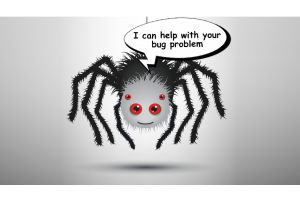Avoid Keyword Stuffing in Page Title

What Happens When You Do Keyword Stuffing?
Keyword stuffing goes against Webmaster Guidelines, specifically Google’s Panda algorithm. The Google bots will discover this black hat technique, and when they do, it will result in a Google penalty.
Because the Panda algorithm works on a domain level, the whole website will be penalized, leading to a dramatic fall in the rankings.
How To Avoid Keyword Stuffing
Web page owners usually opt for keyword stuffing as a quick fix for optimization. However, this ‘quick fix’ will hurt you more in the long run. Below are some excellent ways to avoid keyword stuffing:
- Conduct Quality and In-Depth Keyword Research
Researching your target market, finding out what is widespread, and analyzing keyword difficulty are all essential elements of good keyword research.
Understanding keyword popularity is vital because it indicates how often a keyword is searched for.
Assessing keyword difficulty is essential too. The higher this metric is, the harder it is to rank on the first SERP. When analyzing keyword difficulty, the following measurements are key:
- Domain authority
- Page Authority
- The trustworthiness of the site
- Extend Your Word Count
Expanding the body of the text is an excellent way to avoid keyword stuffing. This allows you to distribute keywords more naturally rather than forcing them into every other sentence. It will improve the text’s flow and user experience.
- Measure Your Keyword Density
Your ideal keyword density is below 2%. Keyword Density Checkers (such as this one at Visiospark) can help you stay below this percentage and keep your content sounding natural.
- Give Each Page a Primary Keyword
Find one target keyword for each page. This keyword or phrase should be closely related to the content of this page.
Choosing a low-competition keyword will allow you to rank quicker but don’t shy away from the higher competition.
And remember, choose a different primary keyword for each page on your website.
- Use Keywords for On-Page SEO
Include keywords in the correct sections of your page, including your:
- Title Tag
- Meta Description
- Image alt tag
- First paragraph
- Page title
How Can We Help?
We were worried that you might be unintentionally keyword-stuffing. Get in touch, and we can pair you with a team that can scour your site and helps you optimize your content.




